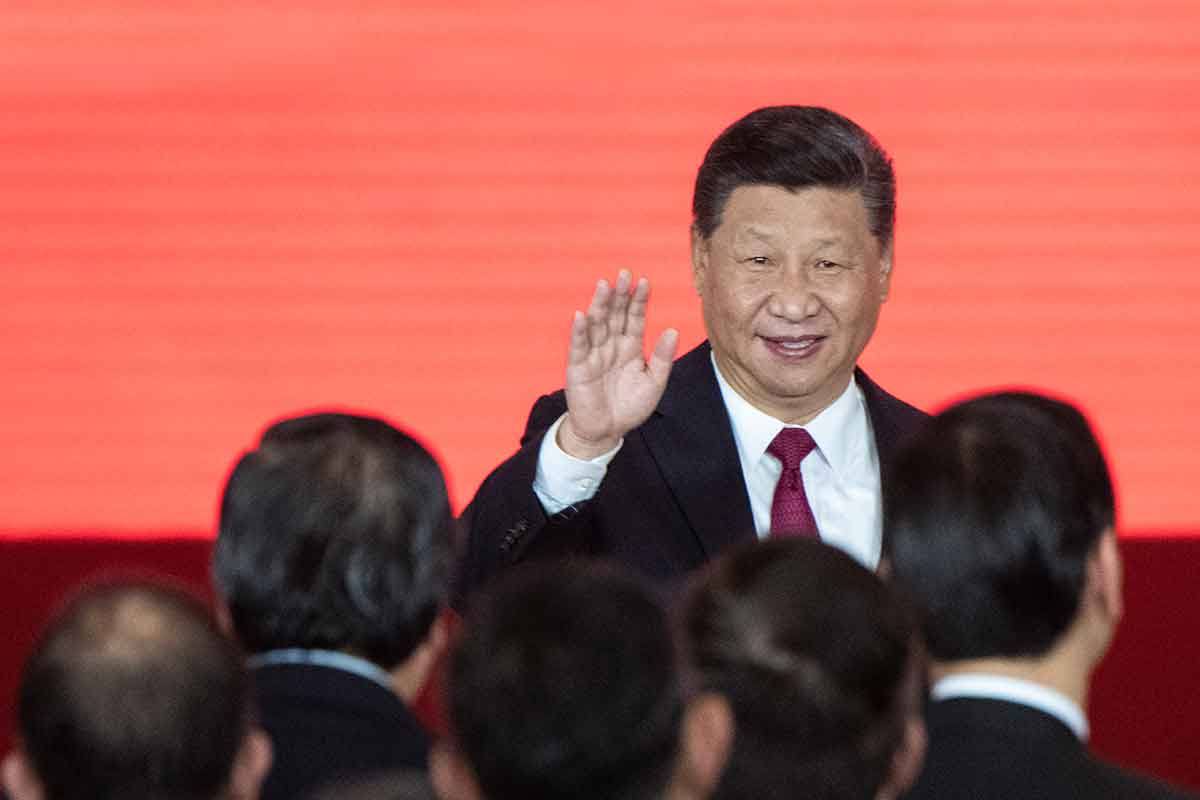Over the past 15 years, China has fuelled one of the most dramatic and geographically far-reaching surges in official peacetime lending in history. More than one hundred predominantly low-income countries have taken out Chinese loans to finance infrastructure projects, expand their productive capacity in mining or other primary commodities, or support government spending in general.
But the size of this lending wave is not its most distinctive feature. What is truly remarkable is how little anyone other than the immediate players – the Chinese government and development agencies that do the lending and the governments and state-owned enterprises that do the borrowing – knows about it. There is some information about the size and timing of Chinese loans from the financial press and a variety of private and academic sources; but information about loans’ terms and conditions is scarce to non-existent.
Three years ago, writing about “hidden debts” to China and focusing on the largest borrowers in Latin America (Venezuela and Ecuador), I noted with concern that standard data sources do not capture the marked expansion of China’s financial transactions with the remainder of the developing world. Not much has changed since then. While China in 2016 joined the ranks of countries reporting to the Bank for International Settlements (BIS), the lending from development banks in China is not broken down by counterparty in the BIS data. Emerging-market borrowing from China is seldom in the form of securities issued in international capital markets, so it also does not appear in databases at the World Bank and elsewhere.
These accounting deficiencies mean that many developing and emerging-market countries’ external debts are currently underestimated in varying degrees. Moreover, because these are mostly United States (US) dollar debts, missing the China connection leads to underestimating balance sheets’ vulnerability to currency risk. While the amounts involved may be modest from the standpoint of China, the magnitude of the understatement (as a share of the recipient countries’ gross domestic product or GDP) across all the borrowers is about 15 percent.
If the initial increases in external borrowing were underestimated, there is also reason to suspect that the magnitude of the ongoing reversal in capital flows to many developing and emerging-market countries may be larger than is generally believed. Recently released figures from the China-Africa Research Initiative at Johns Hopkins University indicate that across all African borrowers included in their database, the volume of Chinese lending in 2017 halved from the previous year.
A plausible explanation for this seeming retrenchment in lending is that Chinese growth has slowed significantly from its double-digit pace through 2010. And as the sources of growth shift from infrastructure investment to household consumption, policymakers’ interest in funding an expansion in primary commodity supplies in various parts of the world has waned. Equally plausible (and not mutually exclusive), borrowers’ external debt obligations may have reached the point where repayment difficulties have begun to emerge, leaving China’s development banks with considerable exposure to risky or nonperforming sovereign loans.
The early stages of the surge in external borrowing (or the honeymoon period) can also shed light on why the situation has become more precarious. On the demand side, the loan surge was facilitated by many low-income countries’ comparatively clean balance sheets. The Heavily Indebted Poor Countries (HIPC) Initiative by the Paris Club of official creditors and multilateral institutions had written off (forgiven) a substantial share (in some cases nearly all) of the prior external debts. On the supply side, because there was little or no prior credit exposure to these countries, and because some of the major official creditors were not ready to return to development lending following the HIPC Initiative write-offs, a vacuum in official lending emerged. China filled it.
The names of the borrowers and lenders have changed, but this scenario has played out before. My work with Vincent Reinhart and Christoph Trebesch highlights that the aftermath of commodity price booms and surges in new loans to commodity producers is littered with defaults and other debt-servicing difficulties. What is notably novel this time is that the international policy community is also in the dark about the incidence or nature of any bilateral debt restructuring agreements between China and its many low-income borrowers.
China is not a member of the Paris Club, so there is no reason to assume that the usual approach to official debt negotiations is relevant to understanding what may happen. If, as I suspect, widespread debt-servicing difficulties are on the rise among many of the world’s poorest countries, China’s tendency to favour collateralised loans raises particular challenges. The terms of such loans may well affect the order of seniority among lenders, which in the past had placed official bilateral loans at the bottom.
The International Monetary Fund’s (IMF) managing director, Christine Lagarde, recently emphasized that granting Pakistan’s request for IMF assistance would require “absolute transparency” regarding the country’s debts. Many of those debts come from the Belt and Road Initiative (BRI), China’s massive effort to upgrade trade and transport infrastructure throughout Eurasia and Africa. Lagarde’s statement suggests that the rocky path to full disclosure of hidden debts may lead through an IMF program.
Carmen M. Reinhart is Professor of the International Financial System at Harvard University’s Kennedy School of Government.
